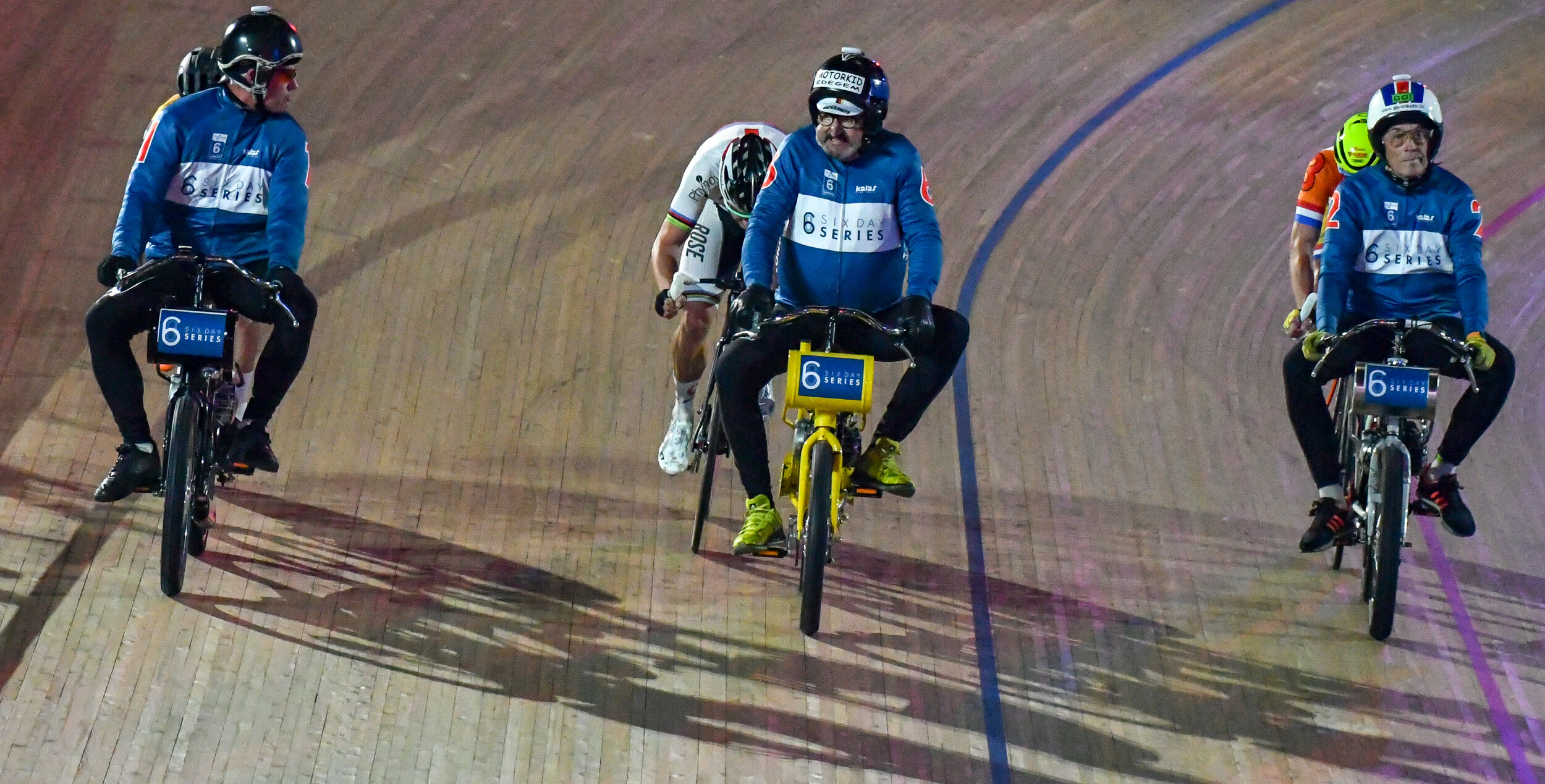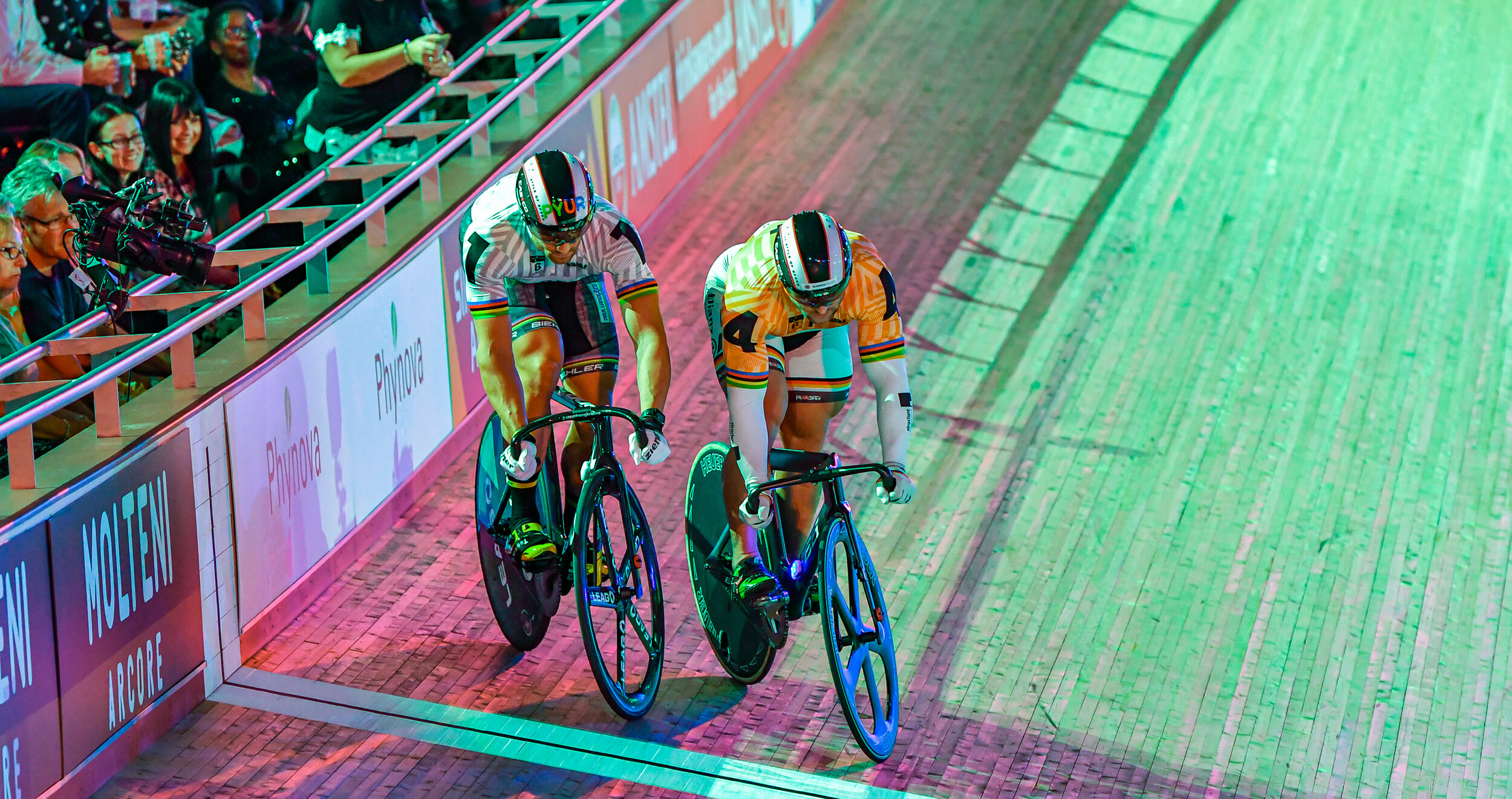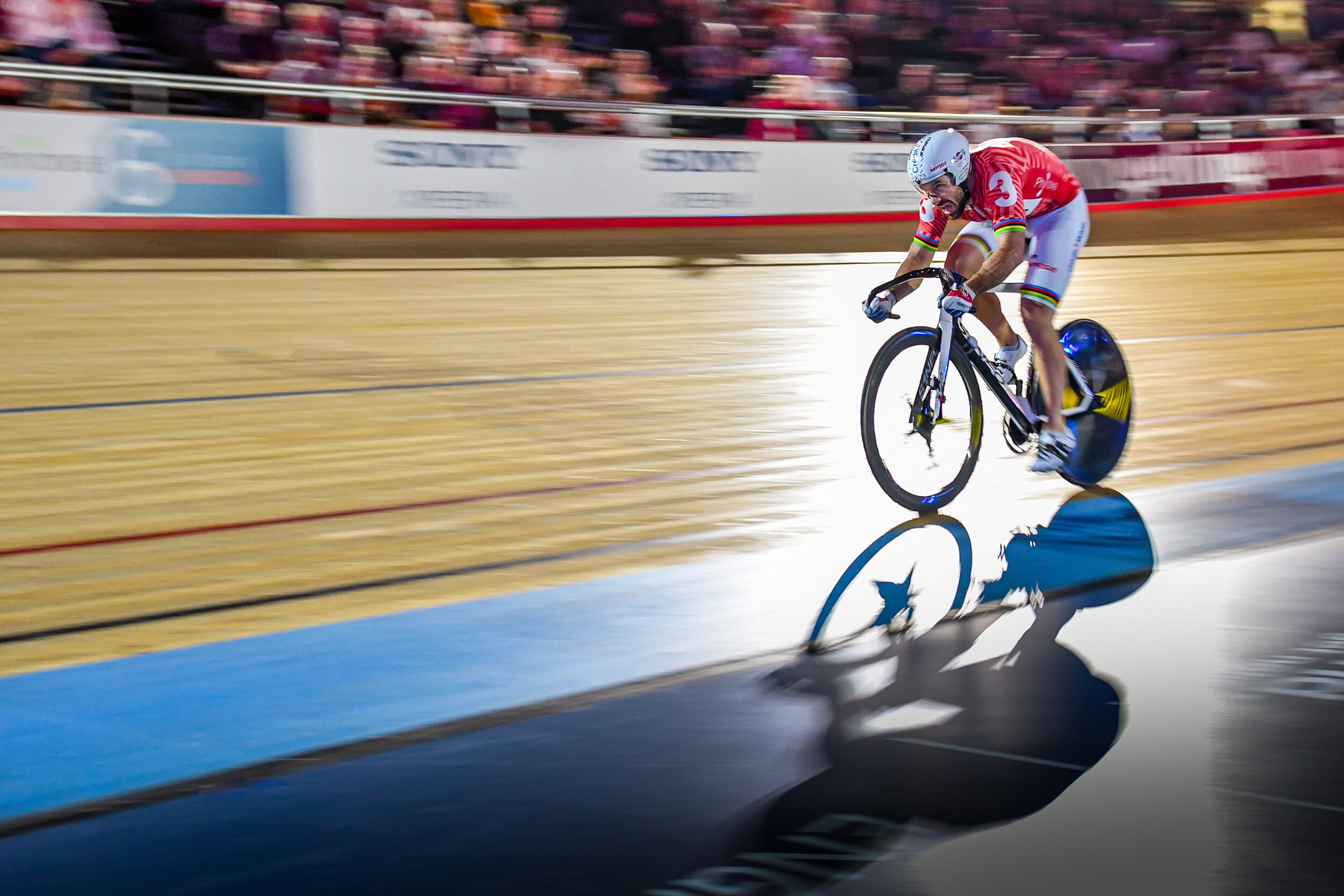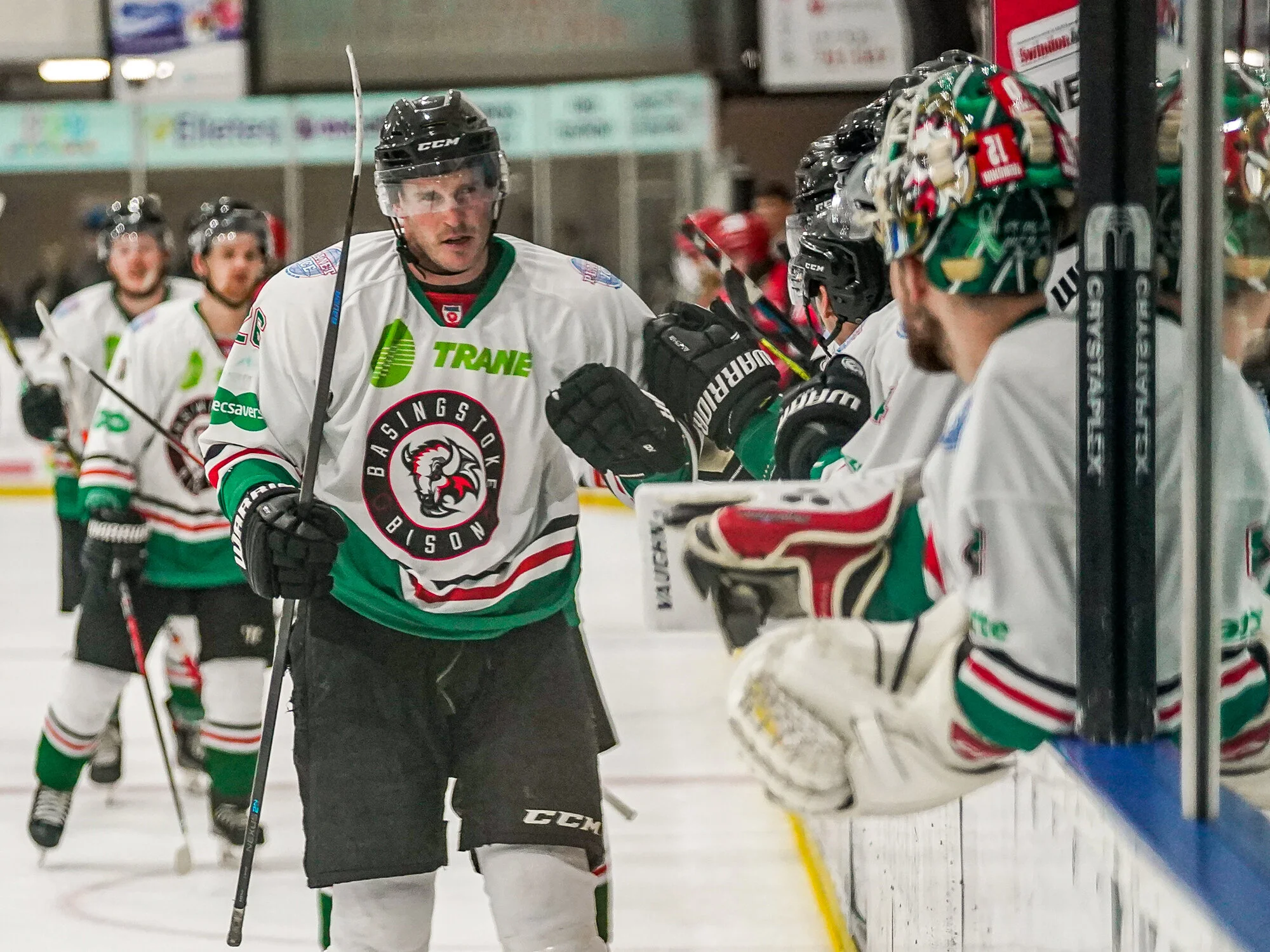(All images copyright Michael Berkeley Photography - no reproduction without permission)
Surfing and windsurfing offer fantastic opportunities for dramatic action images.
I have photographed windsurfing on a couple of occasions at Kimmeridge Bay in Dorset and at Daymer Bay on the Camel Estuary in Cornwall; and have photographed surfing at Polzeath and at Praa Sands in Cornwall – and briefly on Bondi Beach in Sydney, where wetsuits weren’t needed (see below).
(Nikon D500; 70-210mm at 210mm - f/8; 1/1250th sec; ISO 100)
Every trip to the beach for photographing surfing and windsurfing starts with good planning - and for that you need to know when the wind and the waves are going to provide the best conditions. While I am sure there are others, I am told that the website Surf Reports is good for surfing conditions, and a friend of mine who frequently photographs windsurfers uses big salty.com before heading down to Avon and Southbourne beaches near Bournemouth. These websites give a detailed forecast for the next 7 days for all the main surfing and windsurfing beaches in the UK and are designed for the practitioners. Tideschart.com has also been highly recommended for both the UK and around the world – it provides a lot of information about tides and includes water temperature, weather and the best fishing times.
(Nikon D80; 300mm f/4 at 300mm - f/4.5; 1/1250th sec; ISO 200)
When you get to the beach, the first issue to address is where to stand to take the pictures. The windsurfers at Kimmeridge and Daymer Bay were sailing across the bay and back, parallel to the beach; whereas the surfers were catching the waves as they came into the beach.
This meant that I positioned myself on the rocks at one end of the bay for the windsurfing, so that the windsurfers were coming directly towards me. For the surfing, I stood on the beach directly opposite the surfers for most of the time, but also moved to the rocks at one side of Polzeath beach to get an oblique angle as the surfers came in.
(Nikon D700; 200-500mm f/5.6 at 500mm - f/5.6; 1/2000th sec; ISO 200)
The light of course had a bearing on this. Taking photographs directly into the sun can lead to dramatic images but, more likely, the glare of the light will distract from the surfers, who will be in silhouette (see photo above).
(Sony A9II; 200-600mm at 600mm - f/6.3; 1/640th sec; ISO 125)
I have found that a sunny day is better – the colours just pop, making the images more dramatic. In terms of action, the photo above has more impact, but the colours transform the photo below.
(Sony A9II; 200-600mm at 594mm - f/7.1; 1/1250th sec; ISO 125)
Photographing in the ‘golden hour’ – that time before sunset when the light is softer (I don’t get up early enough for the golden hour after sunrise!) – can also give good results. The image below was taken just after 5:00pm in the middle of October. As well as highlighting the windsurfer’s face, the angle of the sun has darkened the background, making the windsurfer stand out.
(Nikon D500; 200-500mm at 500mm - f/5.6; 1/2000th sec; ISO 560)
I set out my ‘standard’ camera settings in my first blog: Getting into Sport and Music Photography. For surfing and windsurfing, I normally set the aperture wide-open, to create a shallow depth of field; a fast shutter speed (around 1/1000th second) to freeze the action (particularly the water); and the ISO set to Auto, all the time ensuring that the exposure is right for the face.
I use continuous focus and tracking, and Continuous (High) for frame rate, so that there is a choice of images when selecting the ‘decisive moment’.
As with all my sport photography, I endeavour to ensure that the surfer/windsurfer’s face is visible in the picture, so that they are recognisable – it’s better still if they are showing some emotion, but in most cases they are simply concentrating.
(Nikon D500; 200-500mm at 320mm - f/5.6; 1/2500th sec; ISO 320)
A long lens is essential. When photographing the surfers from Polzeath beach – and trying to keep my feet dry – the surfers were a good 100m offshore. Moreover, I had to shoot through the body boarders and novices having surf lessons, so the long lens was normally at its longest focal point. I used a 200-500mm on the first occasion (on my Nikon D500), and a 200-600mm on the second (when I had changed to a Sony A9II). When windsurfers are closer to the beach, I would be able to use the 200mm end of the zoom.
(Sony A9II; 200-600mm at 600mm - f/6.3; 1/1000th sec; ISO 125)
The other surfers were not the only problem. Shooting from this level meant that sometimes the closer waves obscured the surfers further out and also the horizon was visible (see above). This could be considered distracting, particularly when part of the surfer breaks the horizon. If the horizon is in the picture, it is essential that it is level – it’s the first thing I check when I get the photos into Lightroom.
(Sony A9II; 200-600mm at 588mm - f/7.1; 1/1250th sec; ISO 125)
By moving to the rocks to one side of the beach, I was able to get higher and therefore – comparatively speaking – almost look down on the surfers, removing the distraction of the horizon (see above). Normally, with sport photography, I advocate getting down as low as possible, as this makes the athlete look more ‘heroic’, but this is an exception to the rule.
(Sony A9II; 200-600mm at 600mm - f/6.3; 1/2500th sec; ISO 500)
As with all sport, the more you understand what is going on, the easier it is to capture the essence of the sport and the easier it is to anticipate what is going to happen. I can’t claim to be an expert in surfing or windsurfing, having done neither myself, so I use my instincts to capture the key moments of drama. I find that this is often when the surfer is on the crest of the wave or the windsurfer airborne (see above). For the windsurfer, this is often as they hit a wave on their way out …
(Nikon D500; 200-500mm at 380mm - f/5.6; 1/2000th sec; ISO 360)
The normal rules of photographic composition apply and the shapes in the water and spray should be exploited to create dramatic images (see above). Where possible, it is useful to show the height of the waves to set the action into its natural environment, even though the waves in Cornwall may not be the scale of those in places like Hawaii…
(Nikon D500; 200-500mm at 500mm - f/5.6; 1/2500th sec; ISO 200)
It is also possible to use groups of windsurfers to produce patterns. In the photo below, the focus in on the windsurfer in front, with the other two blurred – the receding perspective provides shape to the image.
(Nikon D500; 200-500mm at 500mm - f/5.6; 1/2000th sec; ISO 500)
It is fun to try something a bit different and produce an image that is almost abstract, where the waves obscure the surfer and only give a glimpse of their face - breaking the ‘rules’ I have set out above. I love the movement in the image below, with the hint of the board and the hand hanging down. The surf itself provides the drama …
(Nikon D500; 200-500mm at 460mm - f/5.6; 1/2000th sec; ISO 180)
One final piece of advice: it makes sense to look after your camera equipment by the sea. If there is an onshore wind, you could get spray and saltwater on your lens. I try to avoid pointing the camera directly into the wind in these circumstances until I want to take photographs. I certainly wouldn’t consider changing lenses unless I am absolutely sure that there is no risk that sand won’t get into the camera mechanics.
I have always thoroughly enjoyed photographing surfing and windsurfing. It may have had something to do with the fact that the surfers were not taking part in a competition, but doing it for fun – and, in Cornwall, I was on holiday. If you do a bit of research on the internet to see if the weather conditions are going to be good for surfing and/or windsurfing, you can just go down to the beach and have a blast …
If you have enjoyed this blog or if you have any questions/comments, please leave a message in the comments box below.







































